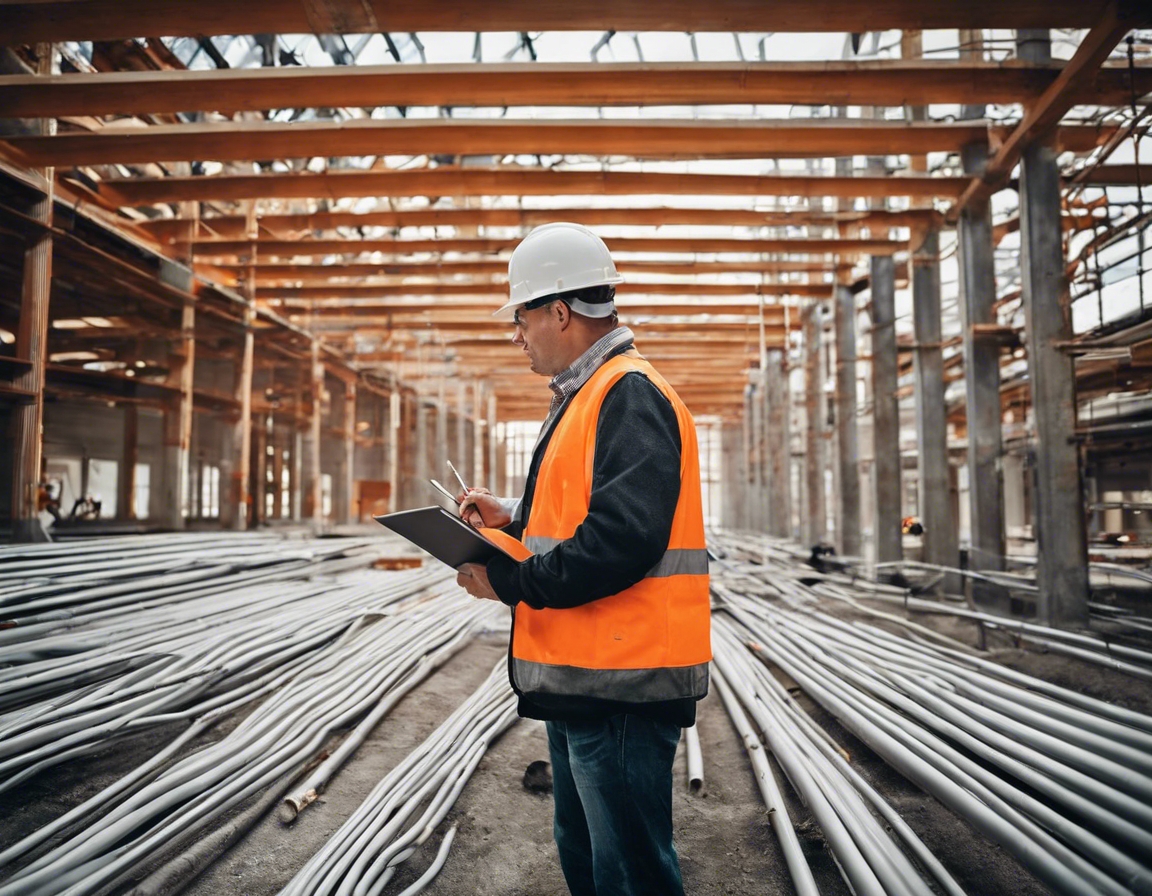Why quality heating systems matter in construction
Heating systems are a critical component of modern construction, providing the necessary thermal comfort that is essential for any inhabited space. From residential homes to commercial buildings, a well-designed heating system ensures that occupants can enjoy a warm and inviting environment, regardless of the external weather conditions.
There are various types of heating systems available today, each with its own set of advantages and technologies. These range from traditional furnaces and boilers to modern heat pumps and radiant floor heating. Selecting the right system involves understanding the specific needs of a construction project and the unique characteristics of each system.
The Importance of Quality Heating Systems
Quality heating systems are designed to be energy-efficient, which not only reduces the carbon footprint but also translates into significant cost savings for property owners. High-efficiency systems utilize less energy to produce the same amount of heat, leading to lower utility bills and operational costs.
The comfort of building occupants is paramount, and a quality heating system contributes to a stable and comfortable indoor climate. This is particularly important in regions with harsh winters, where consistent and reliable heating is essential for the well-being of residents.
Investing in a high-quality heating system means investing in longevity and reliability. Such systems are built to last, requiring fewer repairs and maintenance over their lifespan, which is a crucial consideration for property developers and homeowners alike.
Quality heating systems often have a reduced environmental impact due to their higher efficiency and potential integration with renewable energy sources. This aligns with the growing global emphasis on sustainable construction practices and the reduction of greenhouse gas emissions.
Heating Systems and Construction Considerations
Heating systems must be integrated seamlessly with the architectural design of a building. This ensures that the system complements the aesthetic and functional aspects of the construction, rather than detracting from them.
Quality heating systems are designed to work in harmony with the construction materials used in a building. This compatibility is essential to maintain the structural integrity and ensure the longevity of both the heating system and the building itself.
For historical preservation societies and projects involving heritage buildings, it is crucial that heating systems do not compromise the aesthetic or historical value of the structure. Quality systems can be designed to be unobtrusive and sympathetic to the original design.
Adhering to regulatory compliance and safety standards is non-negotiable in construction. Quality heating systems are built to meet or exceed these standards, ensuring the safety and legality of the construction project.
Advanced Heating Technologies and Innovations
Modern heating systems often come equipped with smart controls that allow for greater precision and convenience in managing indoor temperatures. These systems can be programmed and monitored remotely, offering enhanced control to property owners.
The integration of heating systems with renewable energy sources, such as solar or geothermal, is an innovative approach that promotes sustainability and energy independence.
Hybrid heating systems that combine traditional and renewable technologies represent the future of heating in construction. These systems offer the best of both worlds, providing reliability and embracing the shift towards greener building solutions.






Kommentaarid (0)